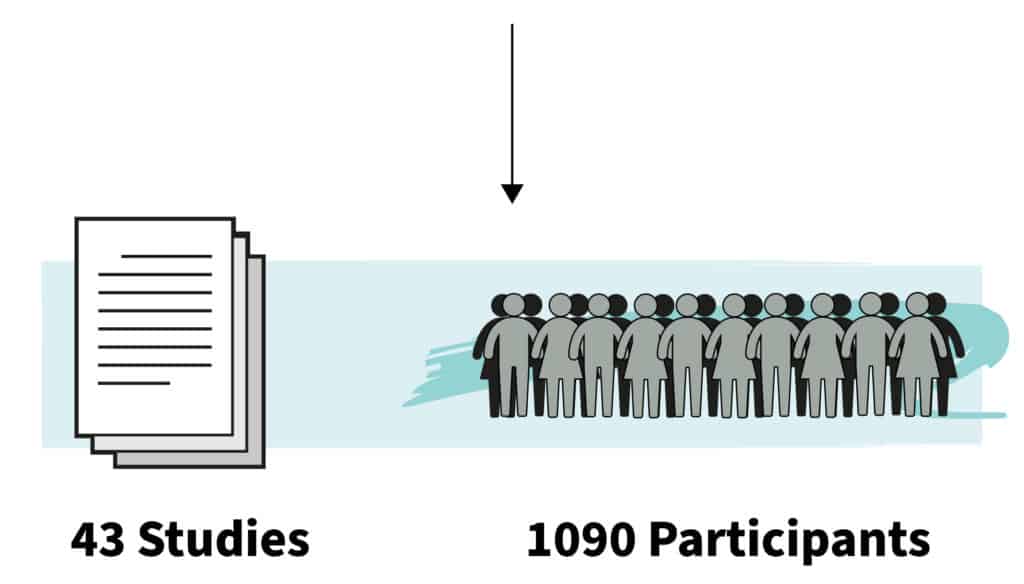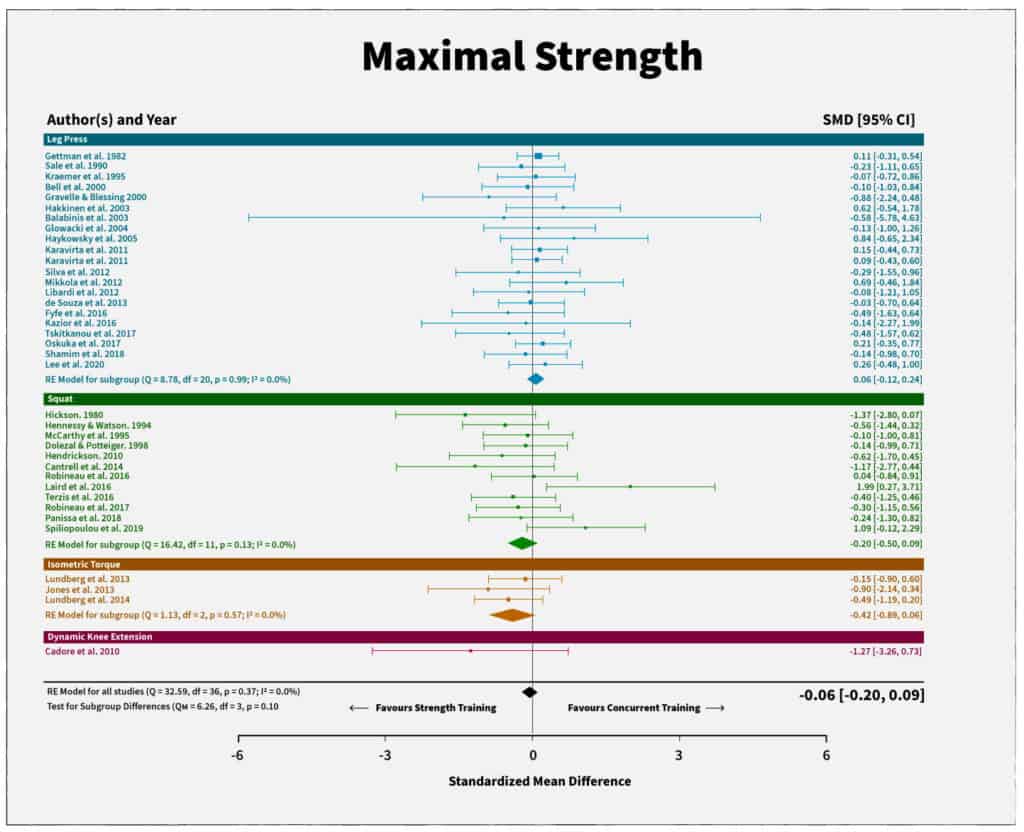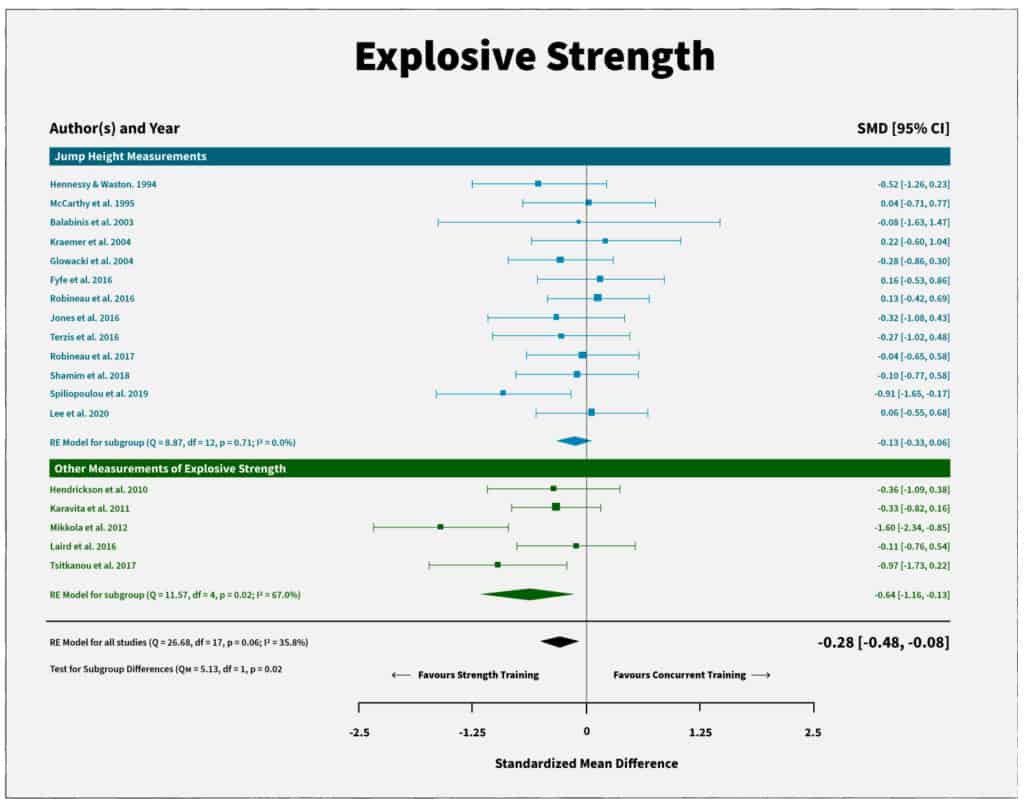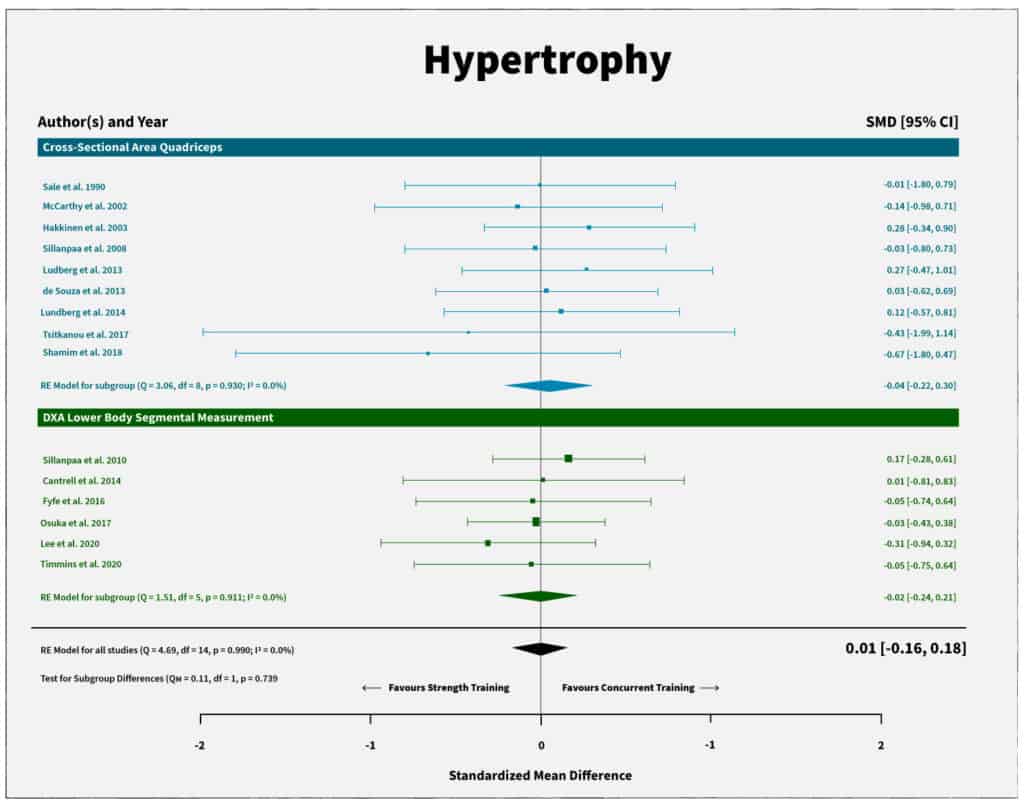17 February 2022 | by Aadam
Hey,
It’s time for another instalment of Physiqonomics Weekly.
AADAM ANSWERS
Q- I really enjoy long-distance running e.g., track and cross country, but from what I understand after reading some of your articles is that resistance training/weights is a necessary component of preserving lean mass. Is there any recent, existing literature that might suggest combining cardio and increased protein intake is just as effective in preserving lean mass like resistance training? Or if there is no such research that supports that claim, what kind of resistance training would you recommend to someone who is starting out?
No, unfortunately.
Endurance training won’t provide the muscle-preserving signal that resistance training will, even if you increased protein intake (I’ve discussed this here and here).
As for program recommendations: This will depend on how many times per week you’re going to be running. Generally, when I work with clients who are focused on endurance training, I’ll set them up with a 2-3x/week full-body strength training program, with low-to-moderate volume to avoid excessive fatigue and/or overtraining.
Of course, I can’t speak to your specific situation but 2-3x/week is a good place to start, and you can always adjust depending on how you feel, how you’re recovering, performance etc.
And if you’re looking for effective training programs, check out PLTNM: You get access to 90+ training programs (that you can do at home or in the gym), 170+ recipes (including plant-based options), a progress tracker, in-depth form tutorials, specialist guides, a monthly research review, and more. Get more details and start your free 7-day trial here.
THURSDAY TIDBIT
– Will Cardio Ruin Your Gains? (Probably Not)
Concurrent training––i.e., the combination of strength and endurance training––is a topic that’s drawn a lot of debate over the years. Specifically, the concerns around combining endurance and strength training harming muscle and strength gains, or what’s known as the “interference effect”.
If this is your first time hearing of this term, the interference effect states the adaptations that occur in response to endurance training are in direct opposition to the adaptations that occur in response to strength training and thus, create an “interference” in the body’s ability to gain muscle and strength.
Way back in 2012 when I was a young, fresh-faced personal trainer, Wilson et al. published a meta-analysis (a study of the studies) finding the interference effect was indeed a real phenomenon, and concurrent training led to smaller increases in muscle growth, strength, and explosive power compared to resistance training only. 1
More recently, a meta-analysis found concurrent training might harm lower-body strength development in trained but not moderately or untrained individuals. However, this study only looked at muscle strength, not muscle hypertrophy. 2
Well, we now have a brand new meta-analysis that decided to revisit the topic and investigate the effect of concurrent endurance and strength training on adaptations in maximal and explosive strength, and muscle hypertrophy.
So, a decade on from Wilson et al’s meta-analysis, has anything changed––is the interference effect still something we should worry about?
Let’s find out.
What did the researchers do?
A total of 43 studies were included in the final analysis with a total of 1090 participants.

For studies to be eligible for inclusion they had to meet these criteria:
- Healthy adults with no restrictions in terms of sex and age.
- The intervention had to consist of supervised combined endurance and strength training, lasting at least 4 weeks.
- One group had to be performing concurrent training (strength and endurance training), while the other group had to receive the same training program, sans endurance training.
In addition to the main outcomes, the researchers also conducted a sub-group analysis to see how a number of other factors affected concurrent training. This included:
- The type of cardio performed (i.e., cycling vs. running)
- Training modality (i.e., cardio done on different days vs. the same day vs. the same session)
- Training order (i.e., aerobic training before strength training vs. strength training before aerobic training)
- Concurrent training frequency (>5 vs.<5 weekly sessions)
- Age (18–40 vs. >40)
- Training status (i.e., active versus untrained)
What did the researchers find?
Maximal Strength
The final analyses included 37 studies looking specifically at strength, with 525 participants performing cardio + strength training, and 442 participants performing strength training only.
The researchers found no indication of an interference effect.
Real quick: The images you’ll see below are “forest plots”––a visualisation of the study’s analysis. In this case, there are three forest plots: One for maximal strength, explosive strength, and muscle hypertrophy. To the left, you’ll see the title of each study included in the analysis. The line through the middle is the “line of null effect”. The black diamonds at the bottom of each section represent the average of all the studies. If the diamonds are to the left of the line of null effect, then the results favour strength training. If they’re to the right, then the results favour concurrent training. If the diamonds are touching the line of null effect, then that means there’s no effect.

Explosive Strength
The final analyses included 18 studies looking specifically at explosive strength, with 270 participants performing combined aerobic and strength training, and 208 performing strength training alone. Here, the researchers noted an interference effect.

When the explosive strength studies were grouped by training modality (i.e., cardio done on different days vs. the same day vs. the same session), a significant interference effect was observed for studies that performed concurrent training within the same session (<20 mins between aerobic or strength training), but not when concurrent training was separated by at least three hours.
Muscle Hypertrophy
The final analyses included 15 studies looking specifically at muscle hypertrophy, with 201 participants performing combined aerobic and strength training and 188 performing strength training alone.
Similar to maximal strength, there was no indication of an interference effect on muscle hypertrophy when combining cardio and resistance training.

The researchers also failed to find an interference effect when looking at secondary outcomes as far as muscle and strength is concerned.
That is, the type of cardio performed (i.e., cycling vs. running), training modality (i.e., cardio done on different days vs. the same day vs. the same session), training order (i.e., aerobic training before strength training vs. strength training before aerobic training), concurrent training frequency (>5 vs.<5 weekly sessions), age (18–40 vs. >40), nor training status (i.e., active versus untrained) affected muscle and strength gains.
Practical applications
The main finding of the present meta-analysis was that combining aerobic and strength training didn’t interfere with the development of maximal strength and muscle hypertrophy compared to strength training alone. On the other hand, concurrent training did negatively affect explosive strength but separating cardio and strength training by at least three hours mitigated this.
So it looks like cardio isn’t as bad for your gains as once believed. Now, the cardio lovers among you might be wondering if these new findings change my recommendations for combining cardio and resistance training? Probably not.
For starters, there’s a cap on your ability to recover. And if you’re doing hours of endurance training every week while also trying to maintain a high strength training frequency, I definitely think muscle and strength gains will be negatively affected.
To add to this: Your ability to recover will be further impacted by your energy status. Sure, if you’re in a surplus or even maintenance, you could probably get away with a higher concurrent training frequency without recovery being an issue (up to a point). But if you’re in a calorie deficit––which is an energy deficit––you’re going to find recovery harder if you’re doing too much activity. And a lack of recovery can have a knock-on effect on your performance which could subsequently lead to muscle and strength loss.
It’s also important to mention that due to a lack of consistent reporting, the researchers didn’t specifically look at how well trained the “active” participants were. The researchers noted this could have “diluted potential significant effects.” Adding that “Although the results did not reach statistical significance, our subgroup analysis for training status showed a similar direction for the SMD in trained versus untrained participants as reported by Petré et al.” (Petré et al. found that that concurrent––i.e., resistance + endurance–– training might harm lower-body strength development in trained but not moderately or untrained individuals.)
Considering that trained individuals have less potential for growth, doing too much cardio could dampen how much muscle and strength a trained individual could gain. The operative phrase here is “too much”. For most people who aren’t training to be elite athletes or wanting to maximise every ounce of their muscle and strength, some cardio alongside strength training isn’t likely to be an issue.
Finally, how you implement cardio will be dependent on your current goal. For example, if you’re currently focused on an endurance goal (like say, you’ve decided to put yourself through the torture of running a marathon), then cardio should be the focus and strength training should be put into “maintenance”. Conversely, if you’re someone who’s focused on maximising muscle and strength gains, then limiting how much cardio you do is probably a good idea, but there’s no need to give it up entirely.
All told, this study should alleviate any fears or concerns you’re impeding your ability to gain muscle and strength by combining resistance and endurance training.
(Share on Facebook, Twitter, WhatsApp, or Email)
Thanks for reading. If you enjoy my weekly emails, please consider telling others.
A lot of time and effort goes into writing these weekly emails to make them as helpful as possible for you.
If you enjoy and find value in them, it would mean a lot to me if you could let others know about Physiqonomics Weekly. It helps Physiqonomics grow and keeps me motivated to continue writing the content you love.
You can share this week’s issue on Facebook, Twitter, WhatsApp, or Email.
–Aa
Enjoyed this?
You just read an email from my weekly fitness newsletter, the Vitamin. Every Thursday I drop some knowledge bombs on your face to help you reach your goals quicker while avoiding all the bullshit.
Get the next issue in your inbox by dropping your name and email address below–
No spam. Ever. Unsubscribe at any time.